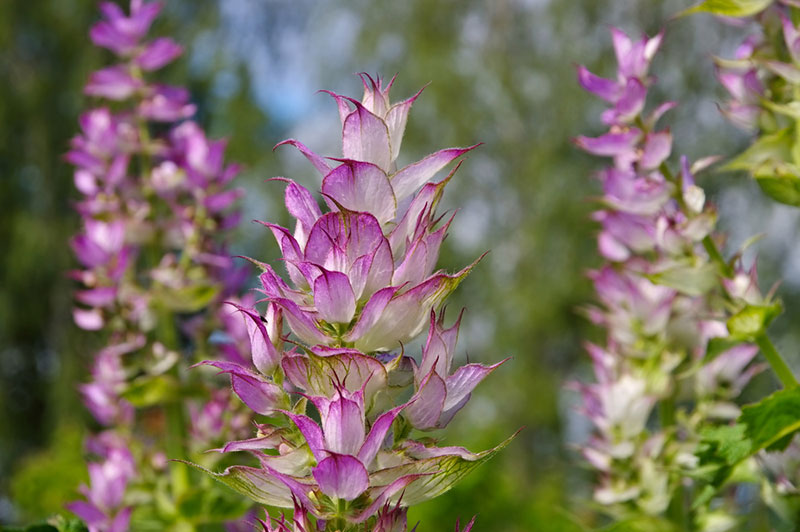
Growing herbs is a tasty way to flavor your food. If you live in an area without much rain, then some herbs will not grow well for you unless you religiously water them and do not face water restrictions.
Other herbs are extremely understanding of your busy lifestyle, and they will grow well during a drought. Consider these ten drought-resistant herbs.
Dandelion
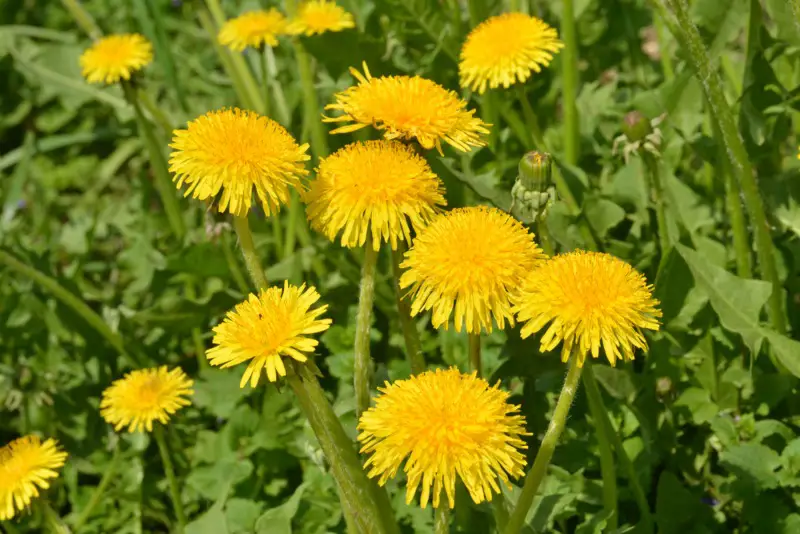
While you need to stop dandelions from spreading, dandelion greens make a delicious addition to your meals. Use a hothouse to contain the plants and deadhead them before they go to seed. Plant these flowers with their bright yellow heads about five weeks before the last hard freeze is expected in your area in a sunny spot. Be sure that you are using good quality organic soil because it will affect the nutrients you receive from the dandelion. After sprouting, thin your crop so that each plant is about 7-inches apart. Pick the plant when it is young.
Thyme

Tyme is a perennial evergreen that you can grow in almost all growing zones. Plant your thyme in well-drained soil in a sunny location. Each plant should have about 18-inches of space to grow. Harvest thyme right before it flowers. Leave behind about five inches of the plant so that it will grow again. The more you cut your thyme, the healthier the plant will be, so harvest it for your table regularly.
Artemisia

There are approximately 350 types of artemisia, including wormwood and mugwort. Consider planting this one where the moon can hit off their silvery-gray leaves. Many members of this family grow to be over 3-feet tall and have a sweet aroma. Many types spread by seed, so deadhead the plant or be careful where you place it. You can find artemisias that grow in all zones.
Mullein

Mullein flower stalks grow up to 6-feet tall with leaves that can be up to 2-feet long. There are over 300 types of mullein, with most preferring the full sun. Keep this plant from spreading by removing the fuzzy rosettes regularly. This plant loves to be dry. Yellow flowers appear on the stalks from mid-summer through a hard freeze. If you want to collect the petals to make essential oils, do so early in the morning, and let them air dry in the shade.
Sage

Sage grows in zones 4 to 10. This sun-loving herb that grows to be about 2-feet tall wants to be consistently moist, but it will not tolerate standing in water. The leaves on this plant are covered with down and are usually oval. This woody plant benefits from heavy pruning in the early spring. You should harvest lightly to ensure optimal growth during the first year. Then, snip or cut off pieces as you want to use it on your table. You can also dry or freeze portions to use in the winter.
Rosemary

Rosemary grows in several different forms, including upright plants shaped to look like small shrubs and trailing vines. While some varieties grow to be about 5-feet tall, others stay very close to the ground. Blue, violet, purple, pink, or white flowers appear on rosemary, depending on the variety. Most have dark green leaves on the top and covered with a wool-like substance on the underside. You can find options in this sun-loving, drought-tolerant plant for most growing zones.
Lavender

Growing in zones 5 to 8, lavender is an easy upright plant to grow. This plant often grows between 24-and-36-inches tall. Spikes of purple blossoms appear in the early spring through mid-summer. Most options have gray-green leaves. Plant small plants in the early spring because it is hard to get lavender to grow from seed. Dwarf and full-size options may be available.
Savory
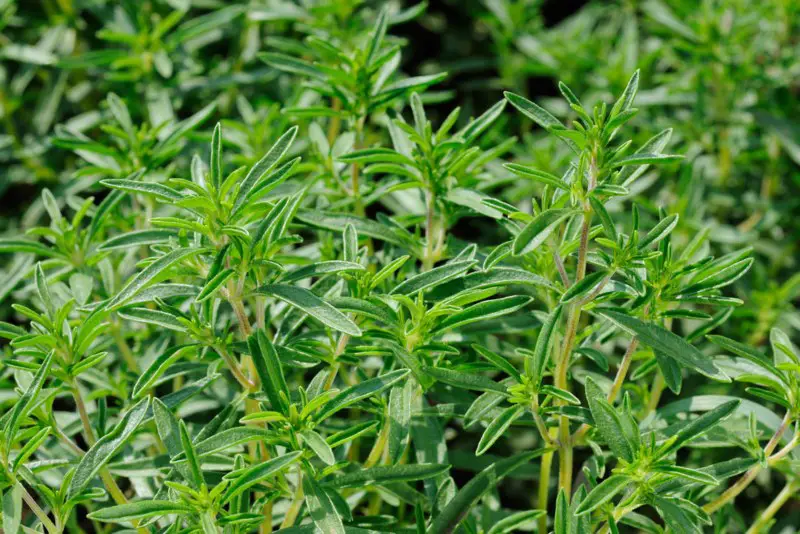
Savory is divided into two broad groups. Bushy summer savory grows to be about 15-inches tall, and it is an annual. It grows well in zones 1 to 11. These options have narrow leaves that can grow to be about 1.5 inches long. This plant grows quickly, and you may need to support it with a stake. Winter savory grows to be about 9-inches tall and is a perennial. It grows well in zones 5 to 11. Winter savory has longer leaves that are busy at the bottom and become light green at their tips. Tiny white to pale-purple flowers grow on both options in the summer.
Costmary (Tanacetum balsamita)
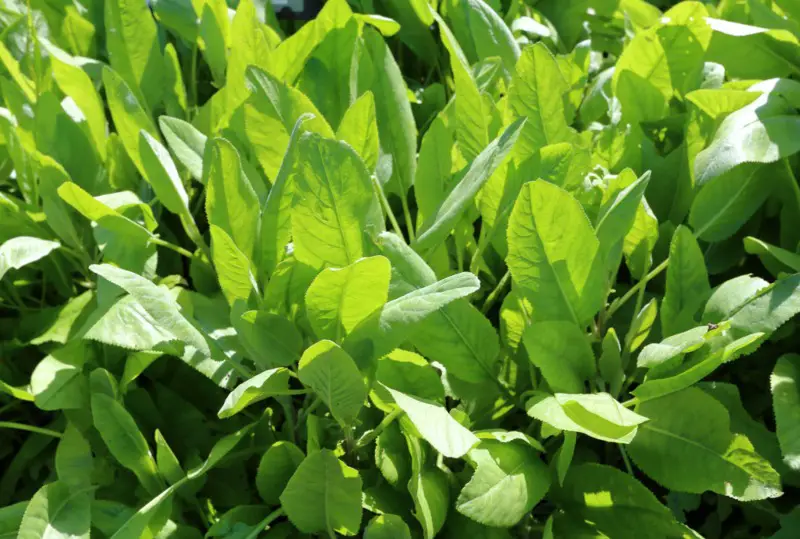
Costmary is an erect, rhizomatous, weedy perennial that typically grows to be about 3-feet tall. It puts on button-light bright yellow flowers in the summertime in flat-top clusters that can be up to 8-inches long. This option loves the sun, but it will tolerate light shade. It spreads by underground rhizomes and self-seeds, so be sure to choose your planting location carefully.
Fennel (Foeniculum vulgare)
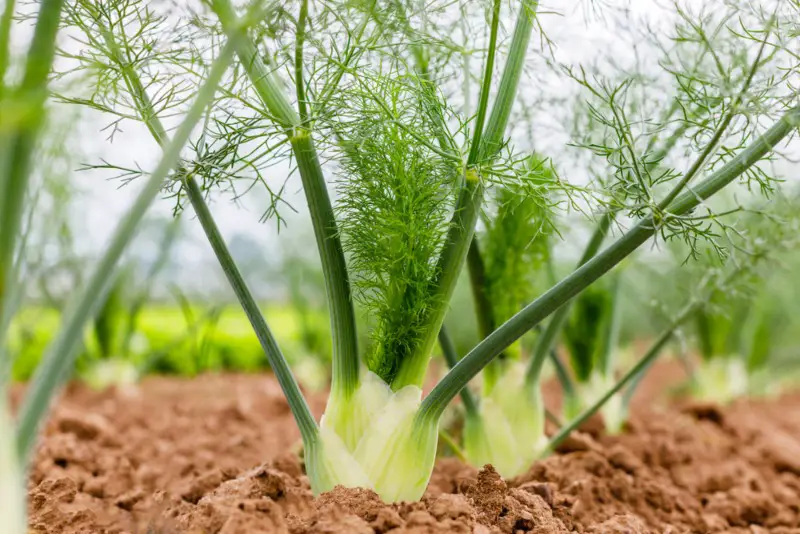
Fennel is an upright perennial herb that grows in zones 5 to 9. This plant typically grows to be about 4-feet tall. It produces hundreds of small yellow flowers on flattened, compound umbels in the summer. After the flowers disappear, it puts on small seeds. These seeds will blow in the wind, so consider where you want to place this plant or deadhead it while it is still blooming. This plant grows in many little segments, and leaves with needles appear on various /parts.











